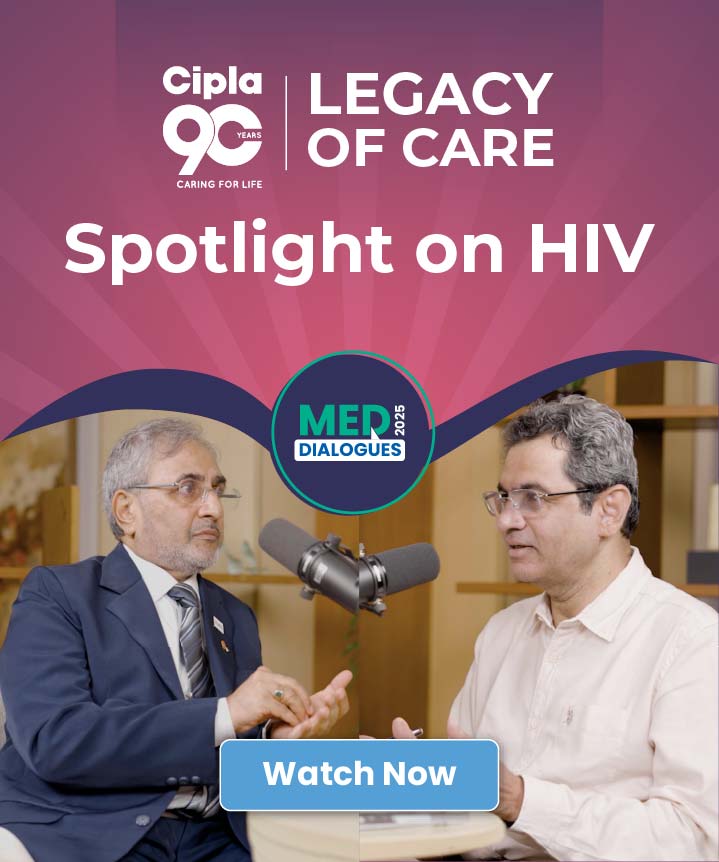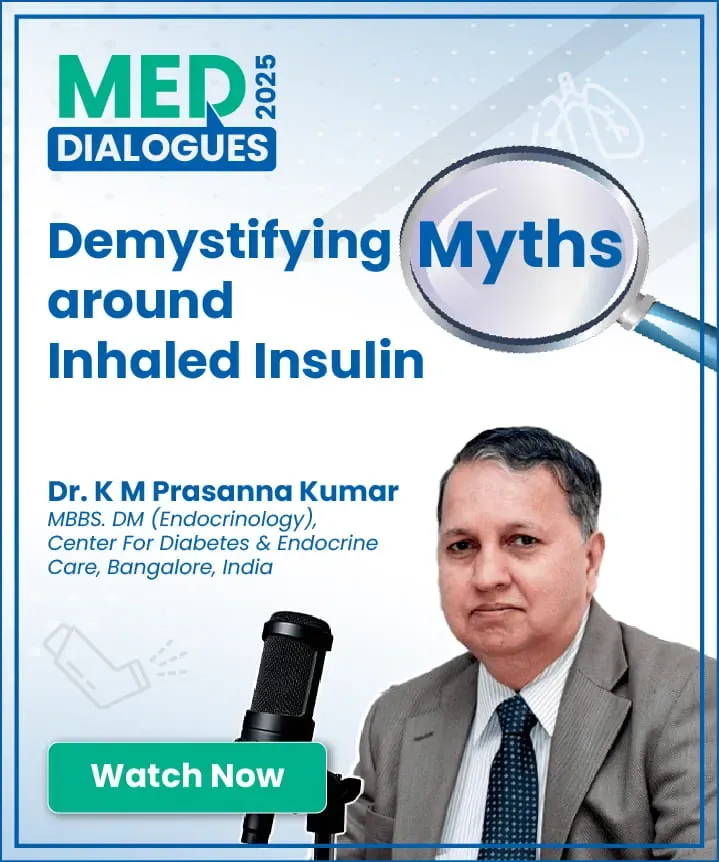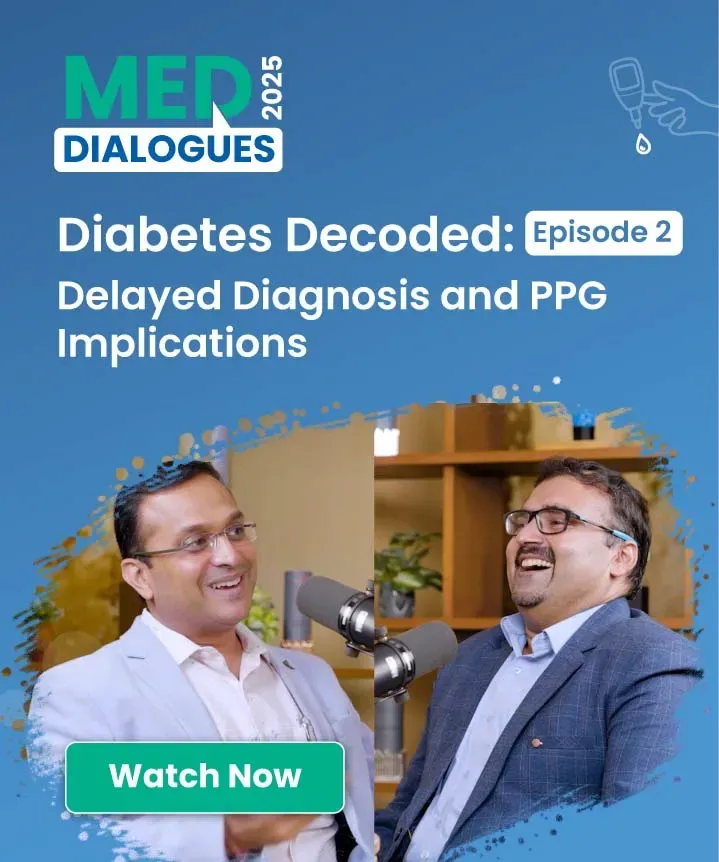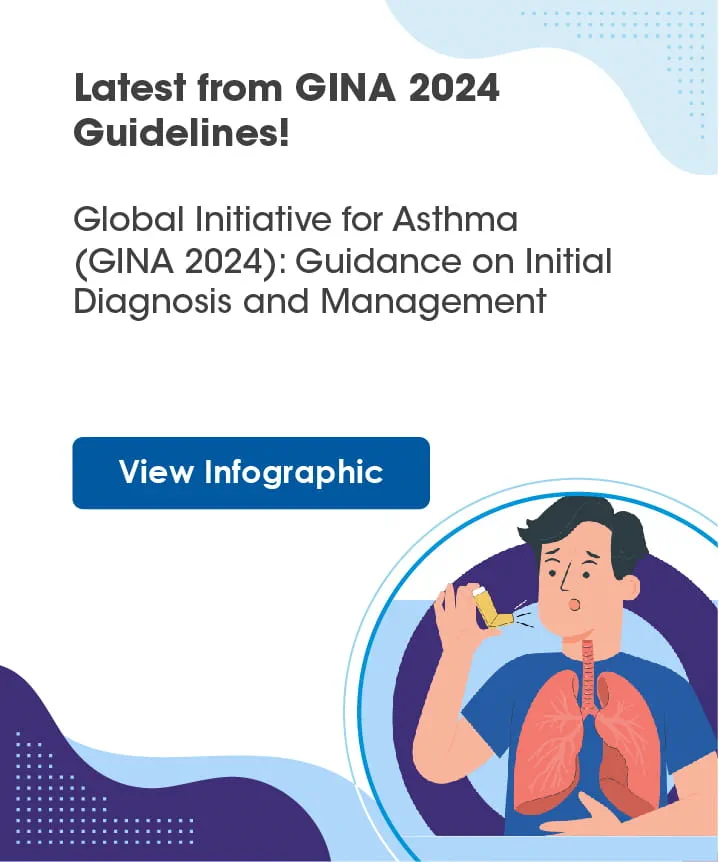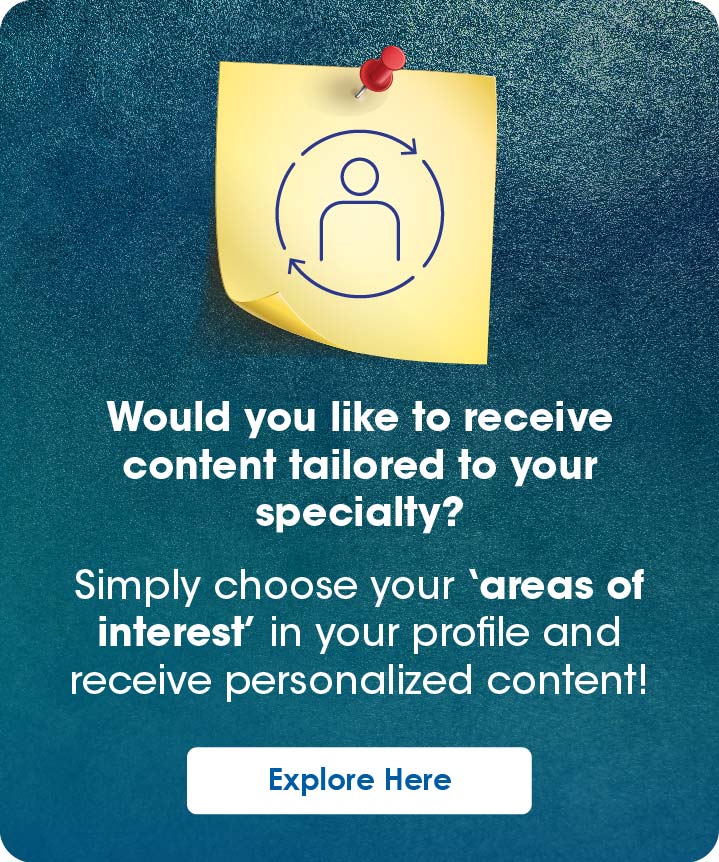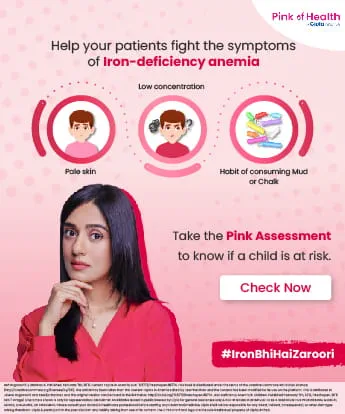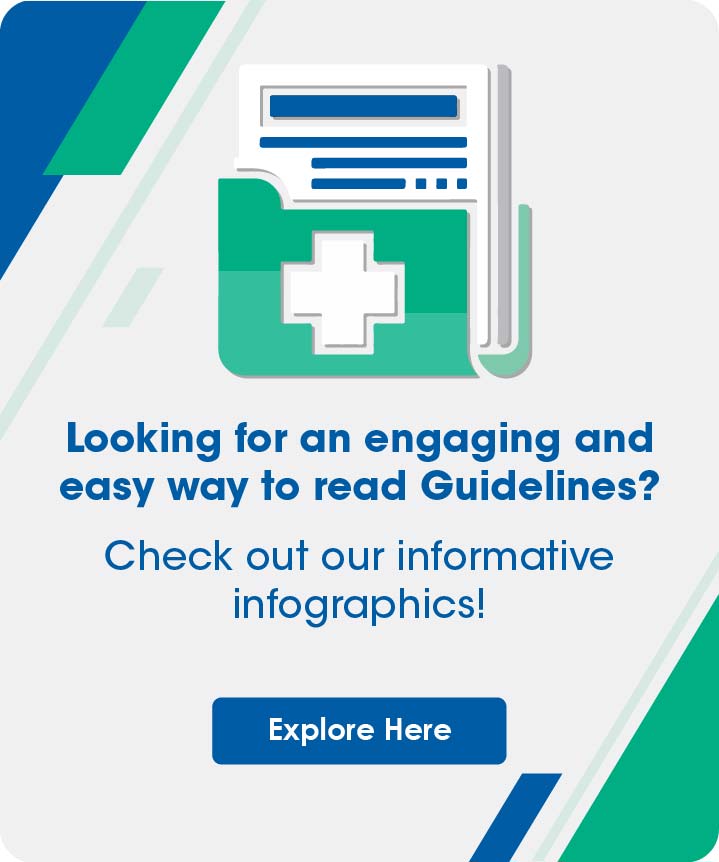Hey there! Welcome!
Get updated on
Select Speciality
Top Picks
22 Dec, 25
This updated guideline from major respiratory and infectious disease societies recommend shorter all‑oral regimens for drug‑susceptible and drug‑resistant tuberculosis (TB), including novel 4‑month treatments and bedaquiline‑based combinations.
17 Dec, 25
Global Consensus Statement addresses the epidemiology, diagnosis, and management of IBD in pregnancy, emphasizing preconception disease remission, high-risk pregnancy classification, and structured diagnostic monitoring. It supports individualized management with continuation of most standard and biologic therapies to maintain disease control, while identifying specific agents requiring discontinuation prior to conce...
26 Dec, 25 Diabetes Obes Metab.
Diabetes Obes Metab.
- A meta-analysis of 19 studies (n=1,371,533) found CKD prevalence in T1DM at 22.3%; highest in Americas (27%), lowest in Europe (19.4%)
- Prevalence was higher in adults vs adolescents (20.5% vs 10.5%); with duration ≥10 y vs <10 y (21.8% vs 16.4%); HbA1c ≥8% vs <8% (27.7% vs 17.9%)
- Meta-regression confirmed the link between higher HbA1c & CKD prevalence
- Regular screening is essential to mitigate CKD burden in T1DM.
24 Dec, 25 Int J Antimicrob Age...
Int J Antimicrob Age...
- Global meta-analysis (2019-23) of 44 studies across 16 countries; largest number of studies were collected from India (n = 9)
- Carbapenem-resistant E. coli prevalence found to be 7%
- NDM was the most common carbapenemase, followed by OXA, KPC, VIM, and IMP.
- Findings highlighted significant global variability. Highest.
23 Dec, 25 Chest
Chest
- This 15-year cohort study of 2,850 participants examined lung function decline and airflow limitation risk among PRISm subtypes by smoking status
- Ever-smokers with PRISm (ES-PRISm) had the fastest decline and highest risk, followed by non-smokers with PRISm (NS-PRISm), compared to normal controls
- Both PRISm groups showed increased COPD risk, indicating PRISm is a potential precursor regardless of smoking history.
23 Dec, 25 Front. Pediatr.
Front. Pediatr.
- A positive heel drop test was associated with appendicitis in children with suspected appendicitis and comparable to cough/percussion/hopping tenderness
- New CHANSE score (CRP, Heel drop, Anorexia, Nausea/vomiting, Shift left, Elevated WBC), a simple and reliable tool, outperformed PAS (AUC 0.794 vs. 0.763, p<0.001)
- A CHANSE score ≥3 correlated with complicated cases and was similar to PAS cutoff ≥7
12 Dec, 25
Featured
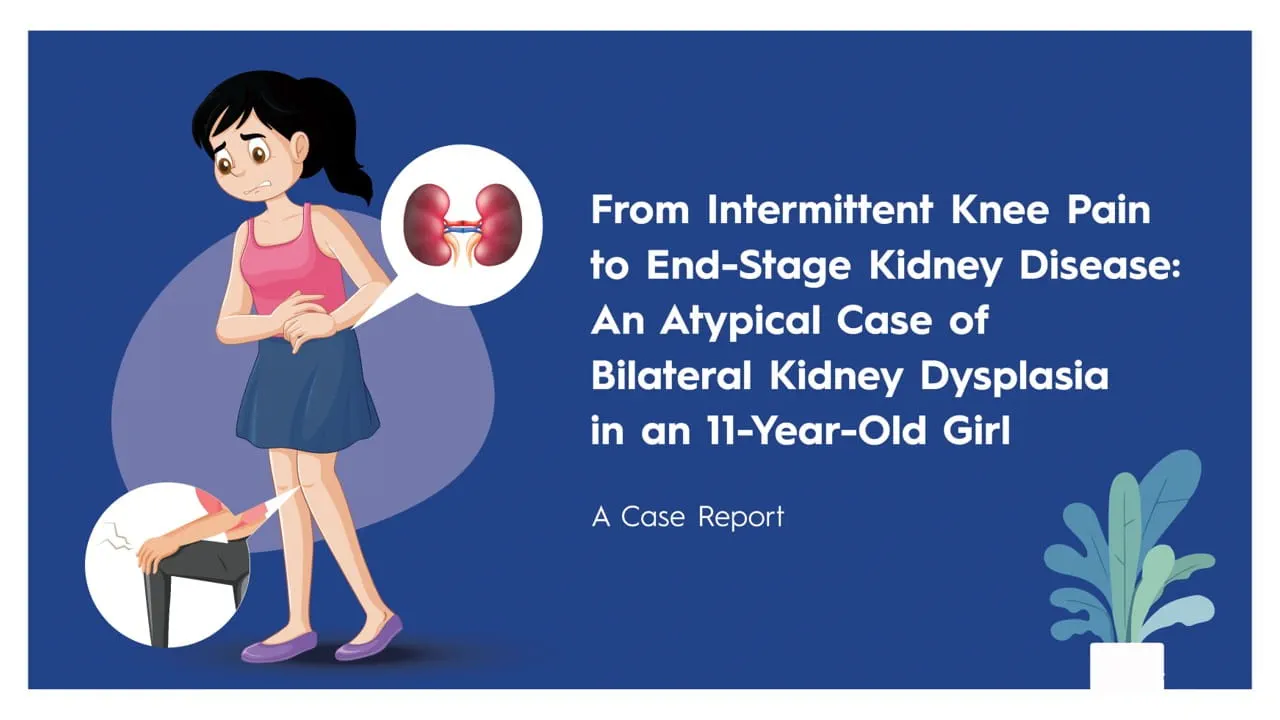
24 Dec, 25
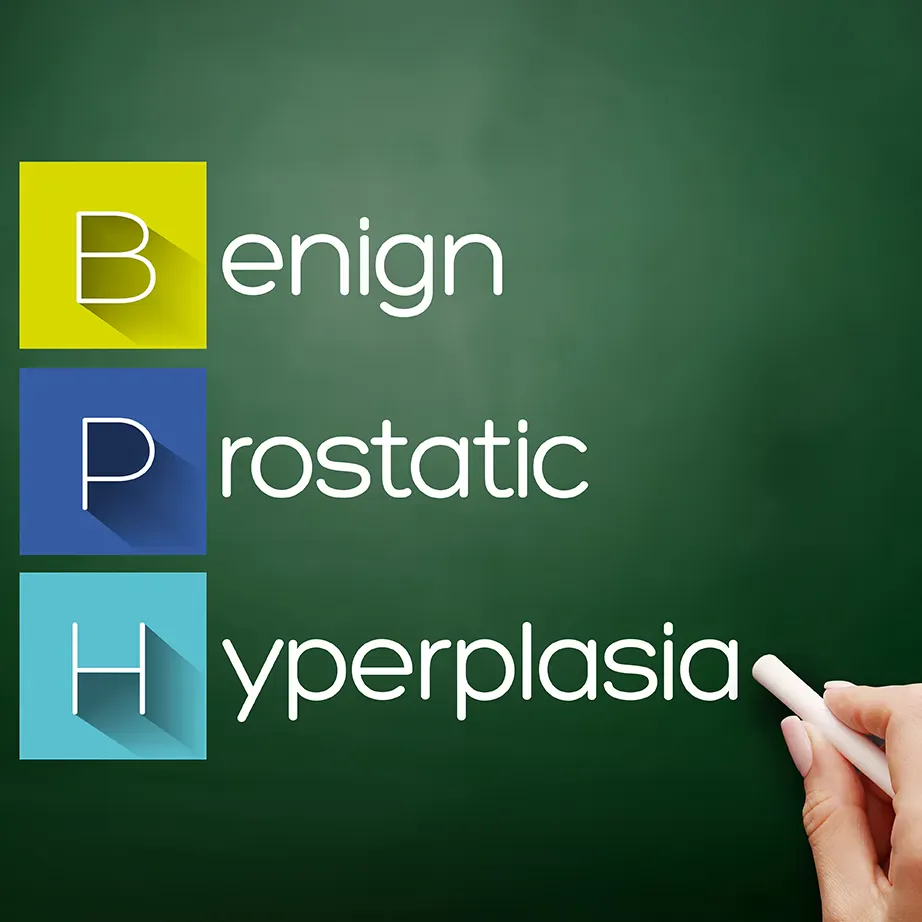
23 Dec, 25
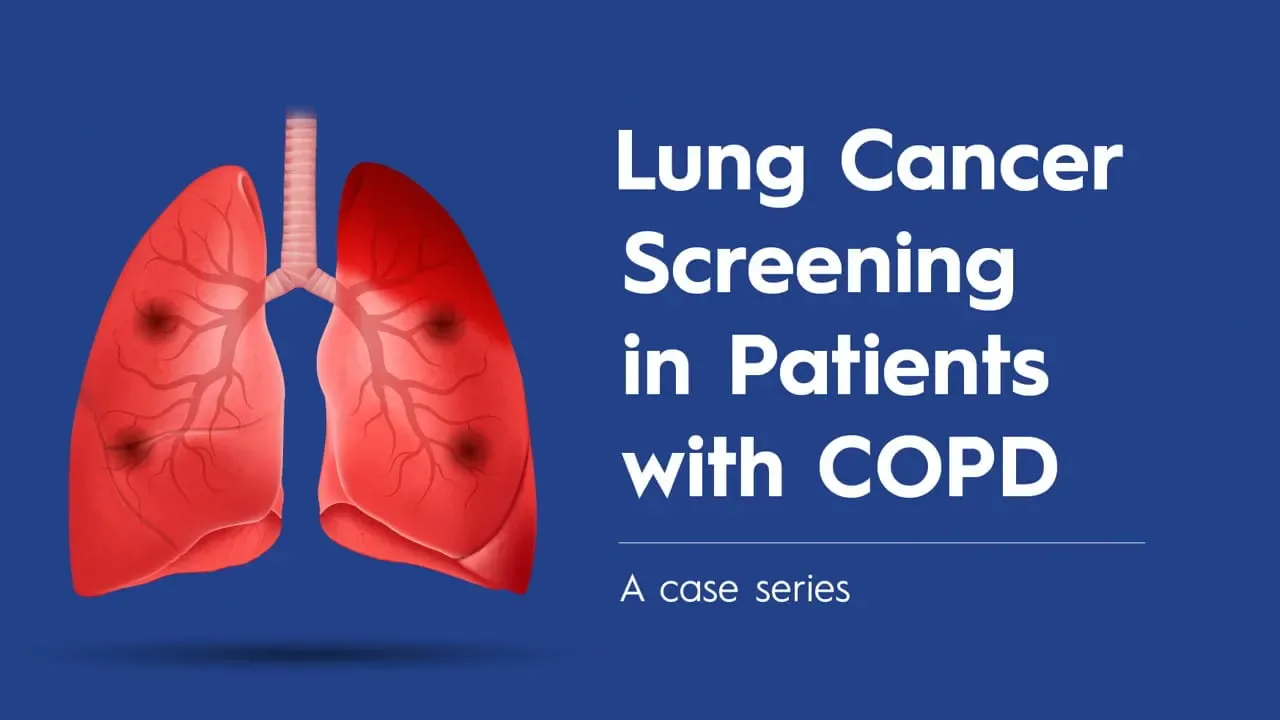
11 Dec, 25



